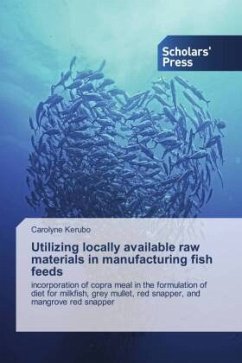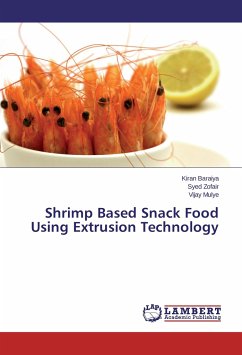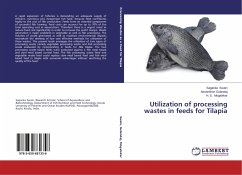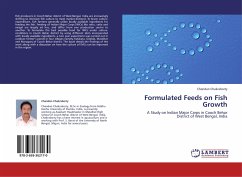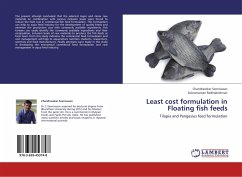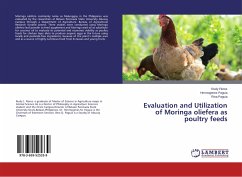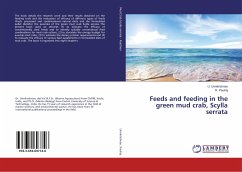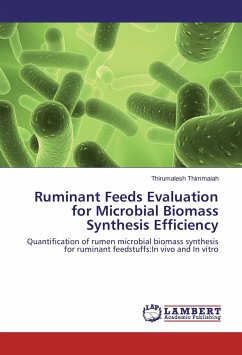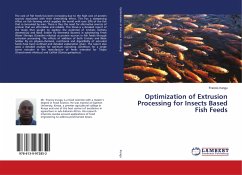
Optimization of Extrusion Processing for Insects Based Fish Feeds
Versandkostenfrei!
Versandfertig in 6-10 Tagen
36,99 €
inkl. MwSt.

PAYBACK Punkte
18 °P sammeln!
The cost of fish feeds has been increasing due to the high cost of protein sources associated with their diminishing effect. This has a dampening effect on fish farming which supplies the world with over 50% of the fish that is consumed by man. There is thus the need for alternative sources of protein that are affordable and reliable. This thesis is a detailed report of the study that sought to explore the potential of Crickets (Acheta domesticus) and Black Soldier Fly (Hermetia illucens) in substituting Fresh Water Shrimps (Caradina nilotica) as protein sources in fish feeds through extrusion...
The cost of fish feeds has been increasing due to the high cost of protein sources associated with their diminishing effect. This has a dampening effect on fish farming which supplies the world with over 50% of the fish that is consumed by man. There is thus the need for alternative sources of protein that are affordable and reliable. This thesis is a detailed report of the study that sought to explore the potential of Crickets (Acheta domesticus) and Black Soldier Fly (Hermetia illucens) in substituting Fresh Water Shrimps (Caradina nilotica) as protein sources in fish feeds through extrusion processing. The effects of addition of both Crickets and Black Soldier Fly on physico-chemical, nutritional and digestibility of extruded feeds have been outlined and detailed explanation given. The report also gives a detailed analysis for optimum operating conditions for a single screw extruder in the manufacture of feeds intended for Tilapia (Oreochromis niloticus) and Catfish (Clarias gariepinus).




